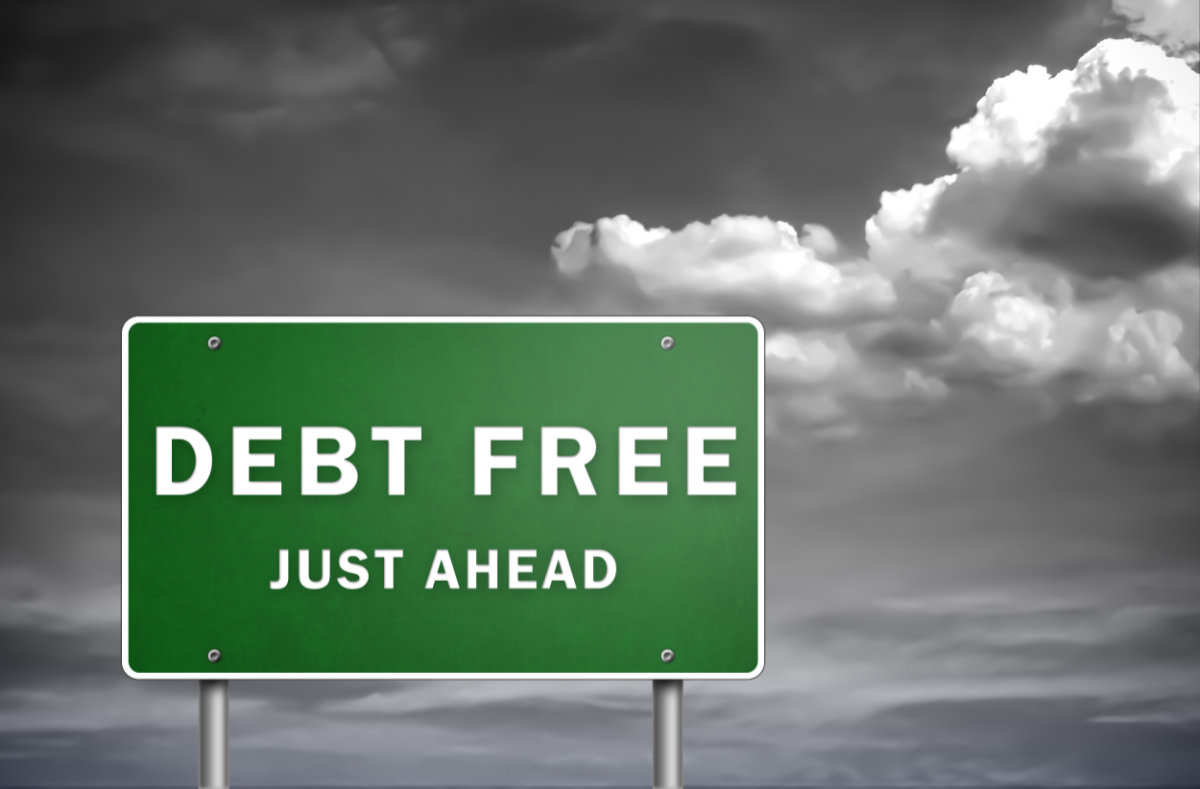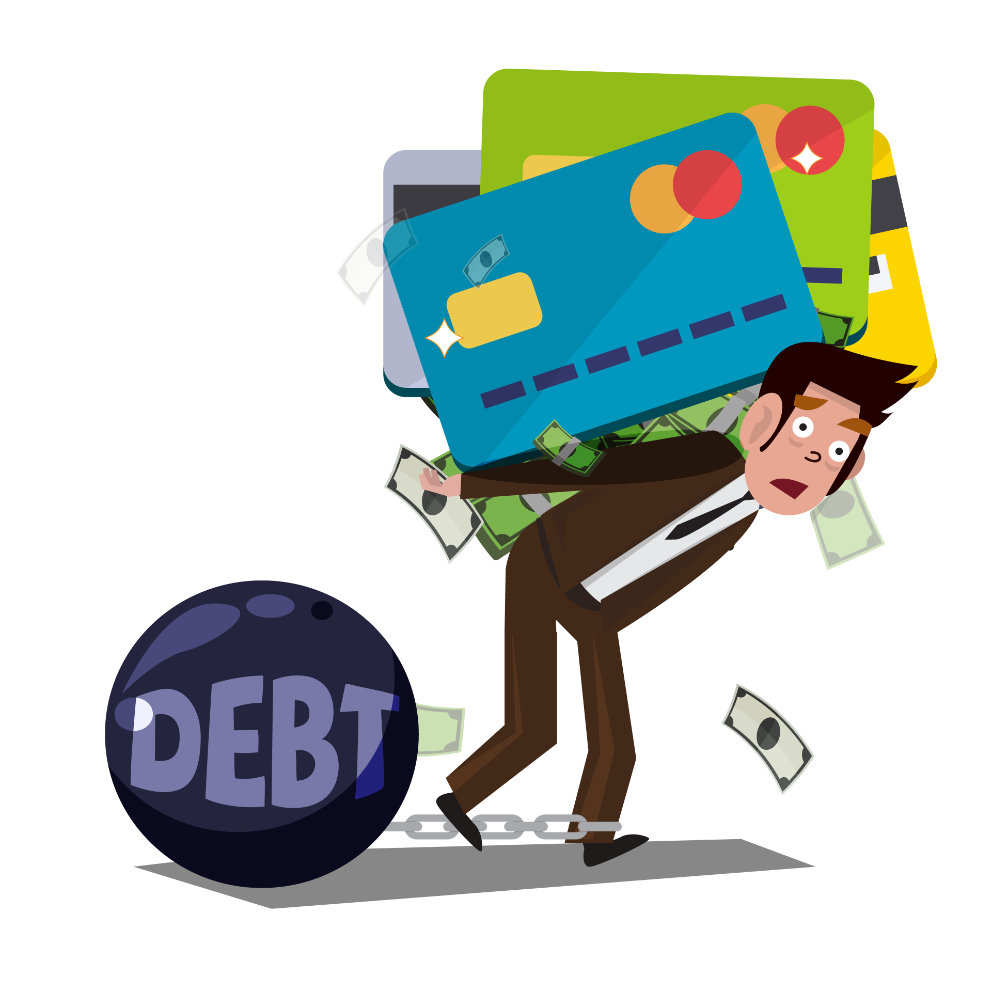Reigning in Family Spending
April 12, 2023
Managing personal finances can be challenging, but reigning in family spending often proves to be a more significant challenge. When different family members have diverse spending habits, it becomes essential to find ways to bring harmony to the household's financial situation. This article will explore various methods that can help families take control of their spending, ensuring everyone works together to achieve financial stability and peace of mind.
Leverage Communication and Transparency
A significant aspect of controlling family spending is establishing open communication among all members. Discuss your financial goals, concerns, and expectations with your spouse and children, and encourage them to share theirs. Transparency allows everyone to understand the family's financial situation and work towards a common goal.
Schedule regular family meetings to review expenses, discuss any changes in the financial landscape, and brainstorm ways to save money or reduce expenses. Encourage everyone to share their ideas and provide feedback to create a supportive environment that fosters collaboration.
Create a Family Budget
A well-defined budget is crucial for managing family spending. Begin by listing all sources of income and expenses, including fixed expenses (rent or mortgage, utilities, insurance, etc.) and variable expenses (groceries, entertainment, clothing, etc.). Categorize these expenses to identify areas where spending can be reduced or eliminated.
Involve everyone in the budgeting process, assigning each family member specific responsibilities for tracking and managing their expenses. Encourage younger children to participate by teaching them basic financial concepts and helping them understand the importance of saving money.
Set Realistic Financial Goals
Establishing clear and realistic financial goals is essential to control family spending. These goals could include saving for emergencies, paying off debt, saving for a vacation, or funding a college education. Be specific about the timeline for achieving these goals and determine the required savings amount.
Once the goals are set, encourage each family member to contribute to these objectives by finding ways to save or earn extra money. Regularly track your progress as a family and celebrate milestones to keep everyone motivated.
Implement a Cash-Only Policy
To effectively rein in family spending, consider implementing a cash-only policy for discretionary expenses. This approach involves allocating a specific cash amount to each family member for their monthly non-essential spending. Once this allowance is used up, they must wait until the next month for additional funds.
By employing a cash-only system, all family members will be compelled to think twice before making impulsive purchases, ultimately fostering a culture of mindful spending. Not only does this strategy help to limit unnecessary expenditures, but it also instills valuable financial habits that can benefit the family in the long run.
Utilize Financial Tools and Apps
There are numerous tools and apps available that can help families manage their finances more effectively. Some popular options include Mint, YNAB (You Need a Budget), and EveryDollar. These tools can help you track expenses, set budgets, monitor savings goals, and even offer personalized financial advice.
Using a financial app can make it easier for family members to monitor their spending habits and become more accountable for their financial decisions. Additionally, these tools can help identify trends and patterns in spending, providing valuable insights that can be used to make smarter financial choices.
Teach Children Financial Responsibility
Teaching children about financial responsibility early on is essential for fostering a healthy relationship with money. Encourage them to save a portion of their allowance or earnings from part-time jobs. Help them set up their own savings goals and teach them about the importance of budgeting and living within their means.
As children grow older, involve them in more complex financial discussions and decisions, such as choosing between different investment options or navigating college tuition and financial aid. This hands-on experience will prepare them to make sound financial decisions throughout their lives.
7. Implement an Allowance Plan
To rein in the excessive spending of certain family members, consider implementing a personalized allowance system. By allocating a fixed amount of money for discretionary spending, individuals are encouraged to budget and prioritize their expenses.
This approach not only helps to establish healthy financial habits but also fosters a sense of responsibility and independence. In this way, the allowance system empowers family members to make wiser spending choices while simultaneously fostering a collective commitment to long-term financial stability. Incidentally, this isn’t a new idea; it’s just one that has been lost to modern generations. In the past, non-working spouses were given a weekly or monthly household allowance, as were dependent children.
Open Separate Checking Accounts
In order to protect one family member's credit from being negatively impacted by another's irresponsible spending habits, establishing separate checking accounts can be a prudent strategy. By maintaining individual accounts, each person assumes responsibility for their own spending, ensuring that poor financial decisions do not adversely affect others in the family.
This strategy not only promotes financial independence but also encourages accountability for one's own financial choices. Furthermore, separate accounts can facilitate better money management and safeguard each family member's credit score, ultimately contributing to a more stable and secure financial future for the entire household.
Just Say No
Adopting a balanced parenting style by thoughtfully considering and declining additional requests for money can be beneficial. Sometimes just saying no is the smart answer. This approach sets reasonable boundaries and encourages family members to understand the importance of living within their means and making responsible financial choices.
By maintaining such limits, parents impart the value of budgeting, distinguishing between needs and wants, and nurturing financial responsibility. Note that this will be difficult at first, especially if you tend to be swayed by repeated requests or pleading. But hold firm (within reason) and the money just may stop pouring out of your household coffers.
Reining in family spending is vital if you ever want to build family wealth or even avoid financial catastrophe. Otherwise, no matter what you do, your efforts toward responsible spending will be negated by other members of the family who don’t share your priorities.









